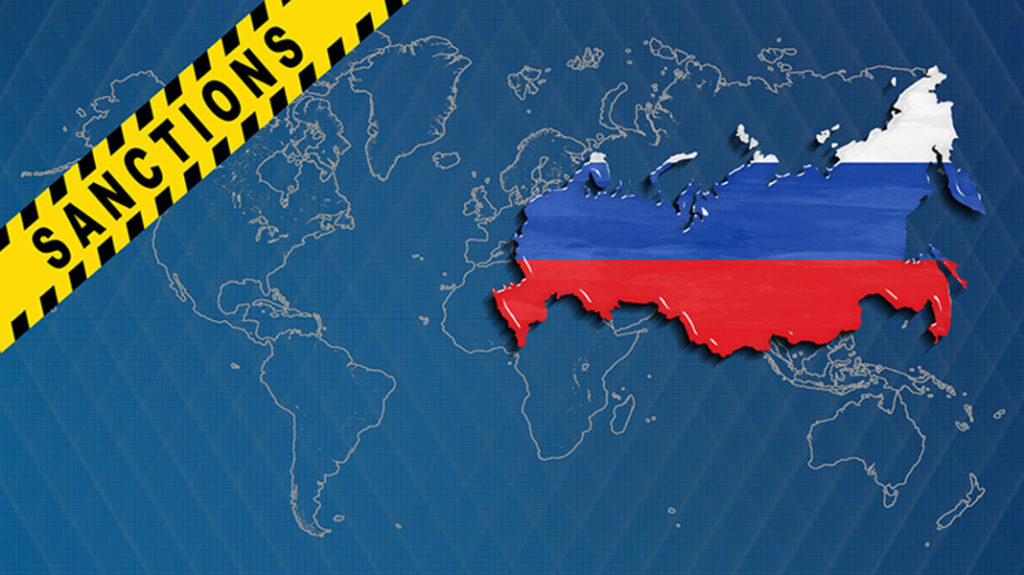Talks of imposing sanctions against Russia’s diamond industry have been going on since the outset of the full-scale invasion. The sale of diamonds takes up a significant share of Russian exports and due to this, significantly contributes to budget revenues, which are naturally used to sponsor the war on Ukraine. However, the Group of Seven finally reached a consensus on the issue, announcing the intention to introduce restrictions on Russian-produced diamonds by January 1, 2024.
During the war year of 2022, Russia became richer by $3.8 billion from the sale of diamonds alone. Undoubtedly, energy sales bring much more money to the Russian budget, but the role of the industry in the war against Ukraine is not subtle but direct. The Alrosa company, which is engaged in the mining and processing of diamonds, patronizes one of the warships of the Black Sea Fleet, a Kalibr cruise missile carrier. It was these missiles that Russia repeatedly fired at the civilian population in Ukraine, including on the crowded center of Vinnytsia, energy facilities, and grain terminals.
The introduction of sanctions against the Russian diamond industry shows confident support for Ukraine on the part of the West. The members of the Group of Seven (USA, Canada, Japan, Germany, United Kingdom, Italy, and France) account for 70% of the global demand for diamonds. It is also known that Belgium joined the G7 in discussion on Russia diamond sanctions. It’s on Belgian territory, in the city of Antwerp, that one of the world’s largest diamond trading centers is located. It is noteworthy that at the outset of the big war in 2022, Belgium stood against such restrictions, citing losses for the European economy.
However, although the introduction of sanctions against the industry is already a major leap forward, it should be borne in mind that Russia has well mastered the skill of circumvent restrictions thanks to legislation loopholes and assistance by third countries. For example, Russia can sell diamonds of mixed origin — partly natural, partly lab-grown, or offer rough diamonds to third countries, for example, to India, from where they will continue their journey.
Certain devices can prevent the sale of Russian diamonds as they will determine their likely origin by analyzing trace elements or by applying nano-marking, which cannot be removed even after the gem has been cut. As noted by the Financial Times, Spacecode Technologies could already be testing the relevant prototype in the near future.
Now that the process of sanctioning Russia’s diamond industry, the key to the success lies in quality monitoring of sanctions’ implementation.

